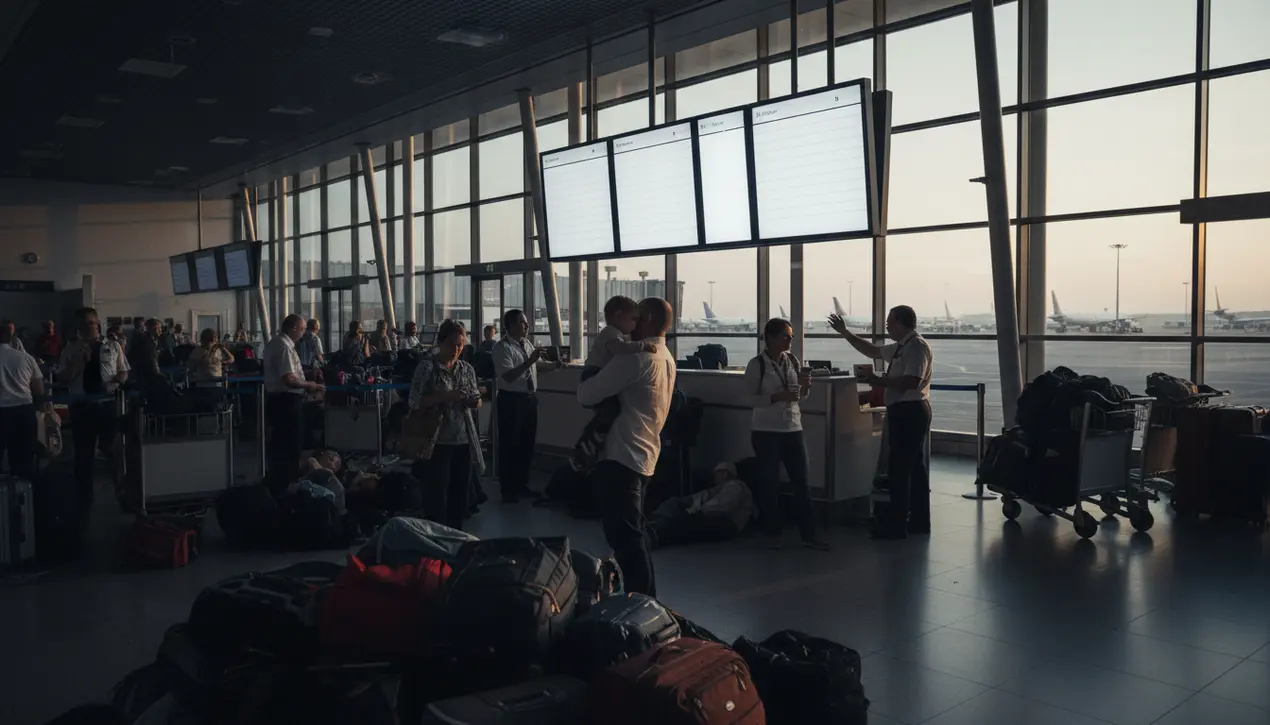
Othertransport & aviationAirlines and Airports
Airports and Airlines Are Crawling Out of the Shutdown
OL
Oliver Scott
2 hours ago7 min read2 comments
The temporary reopening of the federal government has provided only the most fragile of ceasefires in the ongoing political war that has brought the US aviation sector to its knees, and the strategic risks now unfolding are far from contained. While the headlines declare the shutdown over, the operational and financial turbulence it seeded is just beginning its climb to cruising altitude, presenting a clear and present danger to the entire travel ecosystem as we barrel toward the peak holiday season.Air traffic control facilities, already stretched thin by years of understaffing and aging infrastructure, were forced to manage a catastrophic erosion of experienced personnel who, despite being hailed as heroes, were expected to work without pay—a scenario that risked a catastrophic degradation of the safety margin that underpins every commercial flight. The ripple effects are not theoretical; major hubs like LaGuardia and Newark witnessed ground stops and cascading delays that, while temporarily abated, exposed a system operating on a razor's edge.For airlines, the calculus is now one of damage assessment and future-proofing against a political cycle that seems destined to repeat this brinksmanship. The direct costs are staggering—cancellations, lost revenue, and operational inefficiencies—but the secondary and tertiary risks are more insidious: a potential erosion of consumer confidence in the reliability of air travel during the most profitable weeks of the year, and a chilling effect on international travel to the United States, which could harm tourism and business investment.This event must be analyzed not as an isolated incident but as a stress test that the system barely passed, revealing critical vulnerabilities in a piece of national infrastructure too vital to be used as a political bargaining chip. The precedent set is alarming; it demonstrates that the foundational systems of commerce and safety can be weaponized, creating a blueprint for future political standoffs with even more severe economic consequences.The immediate challenge for airport authorities and airline executives is a triage operation: rebuilding staff morale, implementing contingency plans for the next potential shutdown deadline, and communicating a fragile sense of normalcy to a justifiably wary public. The long-term strategic risk, however, is a systemic one—the gradual corrosion of the world's most reliable aviation network into an unpredictable and politically volatile enterprise, a scenario for which no airline's risk management playbook is adequately prepared.
#featured
#US government shutdown
#airports
#airlines
#flight delays
#holiday travel
#aviation industry
Stay Informed. Act Smarter.
Get weekly highlights, major headlines, and expert insights — then put your knowledge to work in our live prediction markets.
Comments
Loading comments...
© 2025 Outpoll Service LTD. All rights reserved.